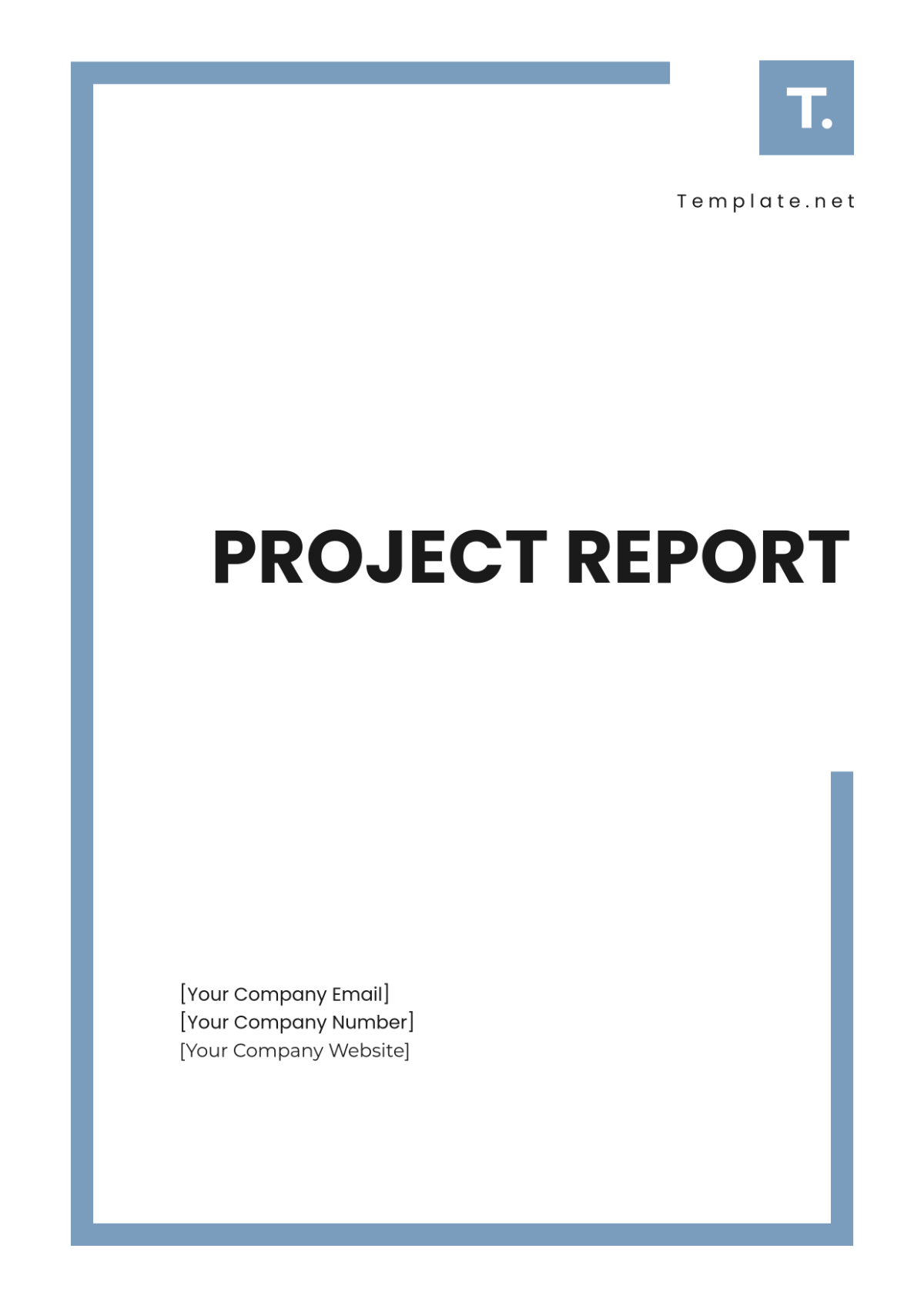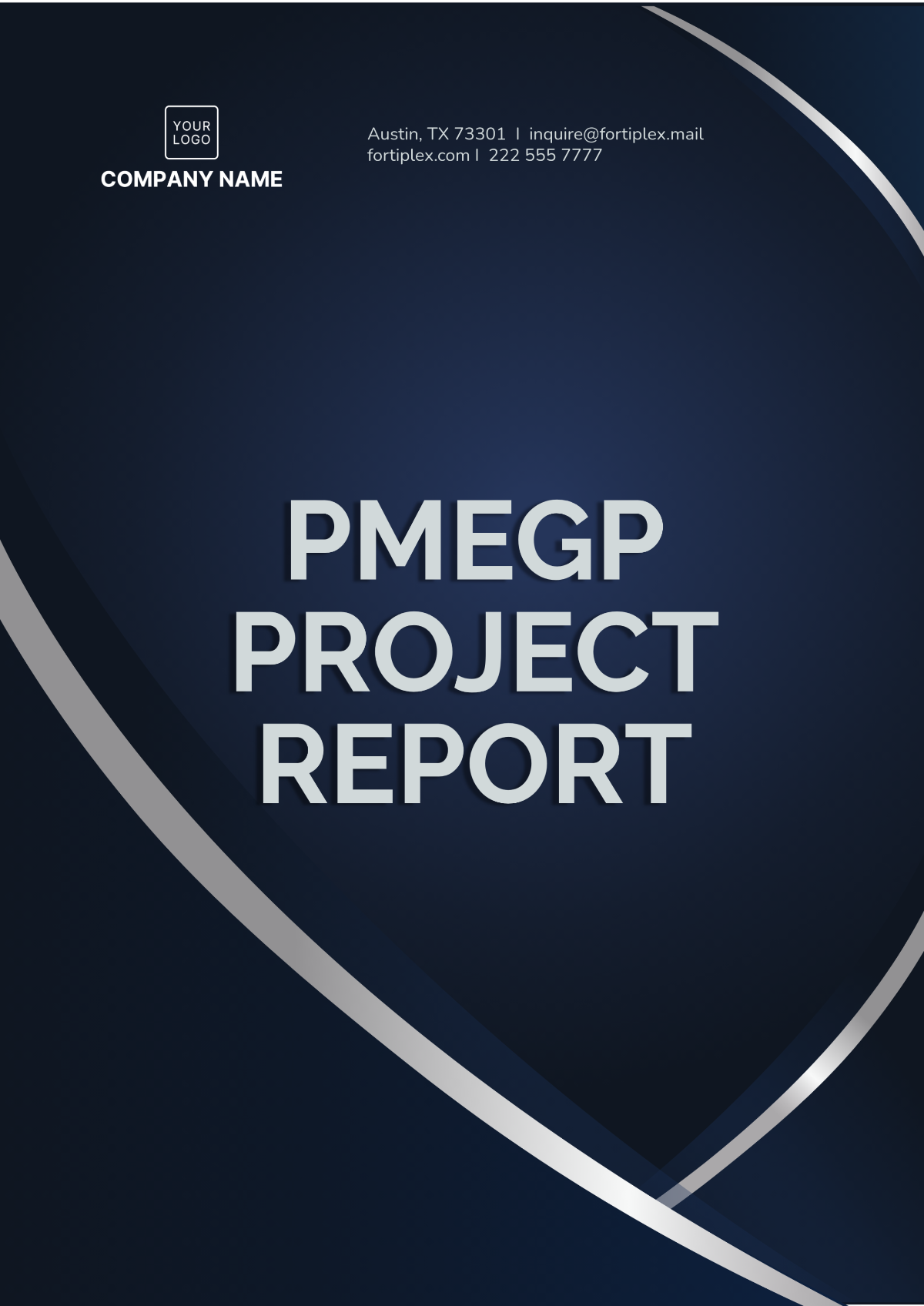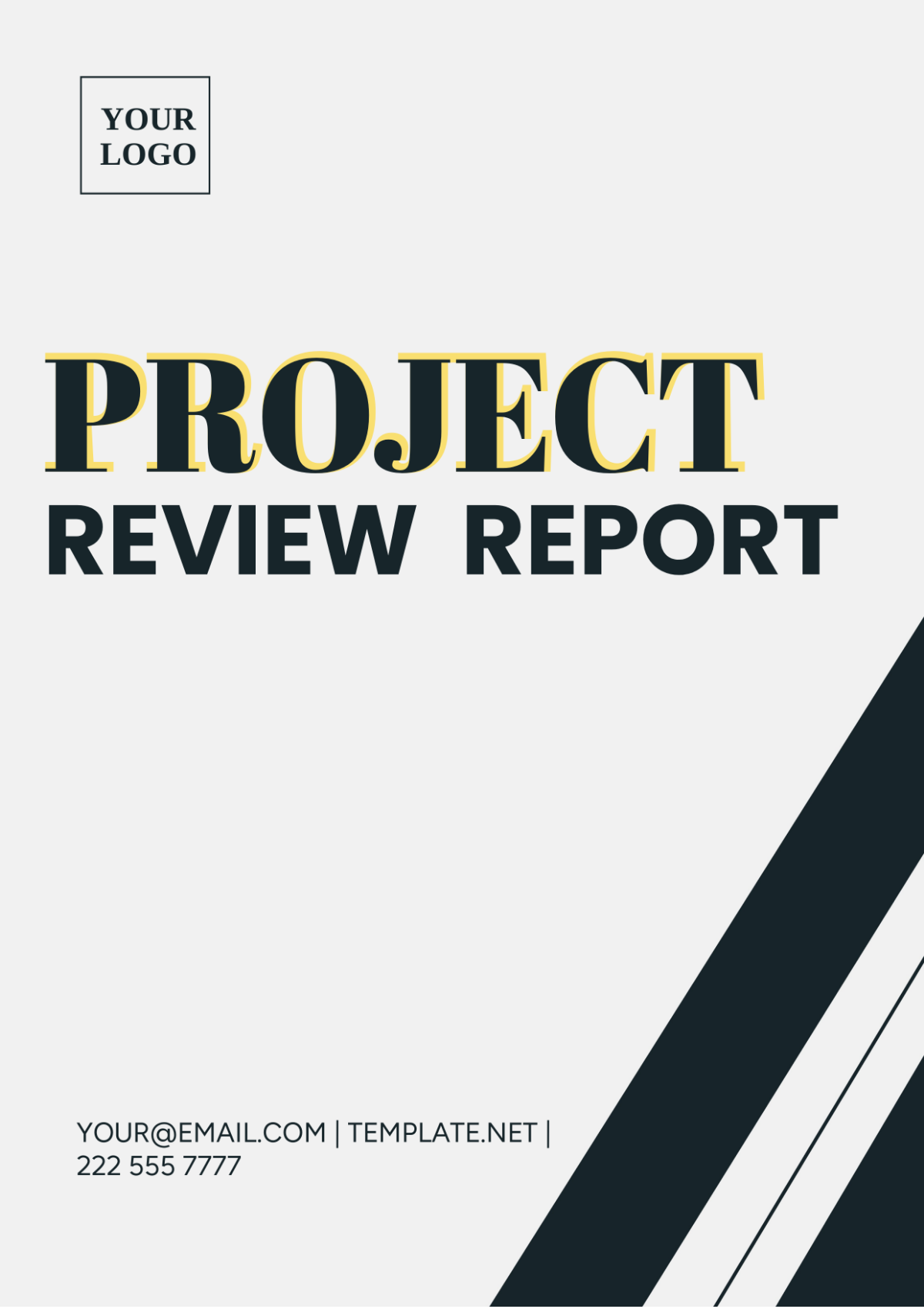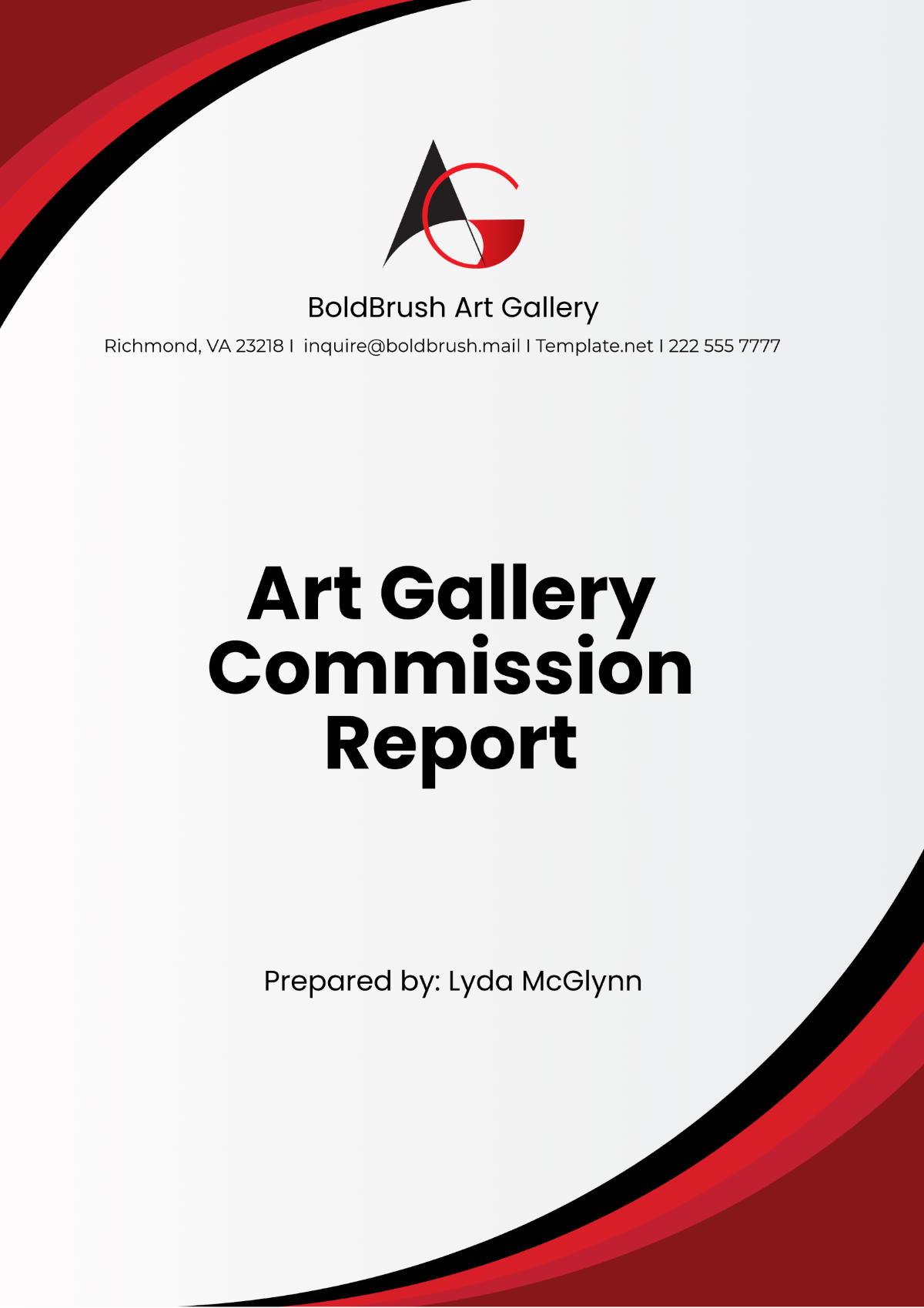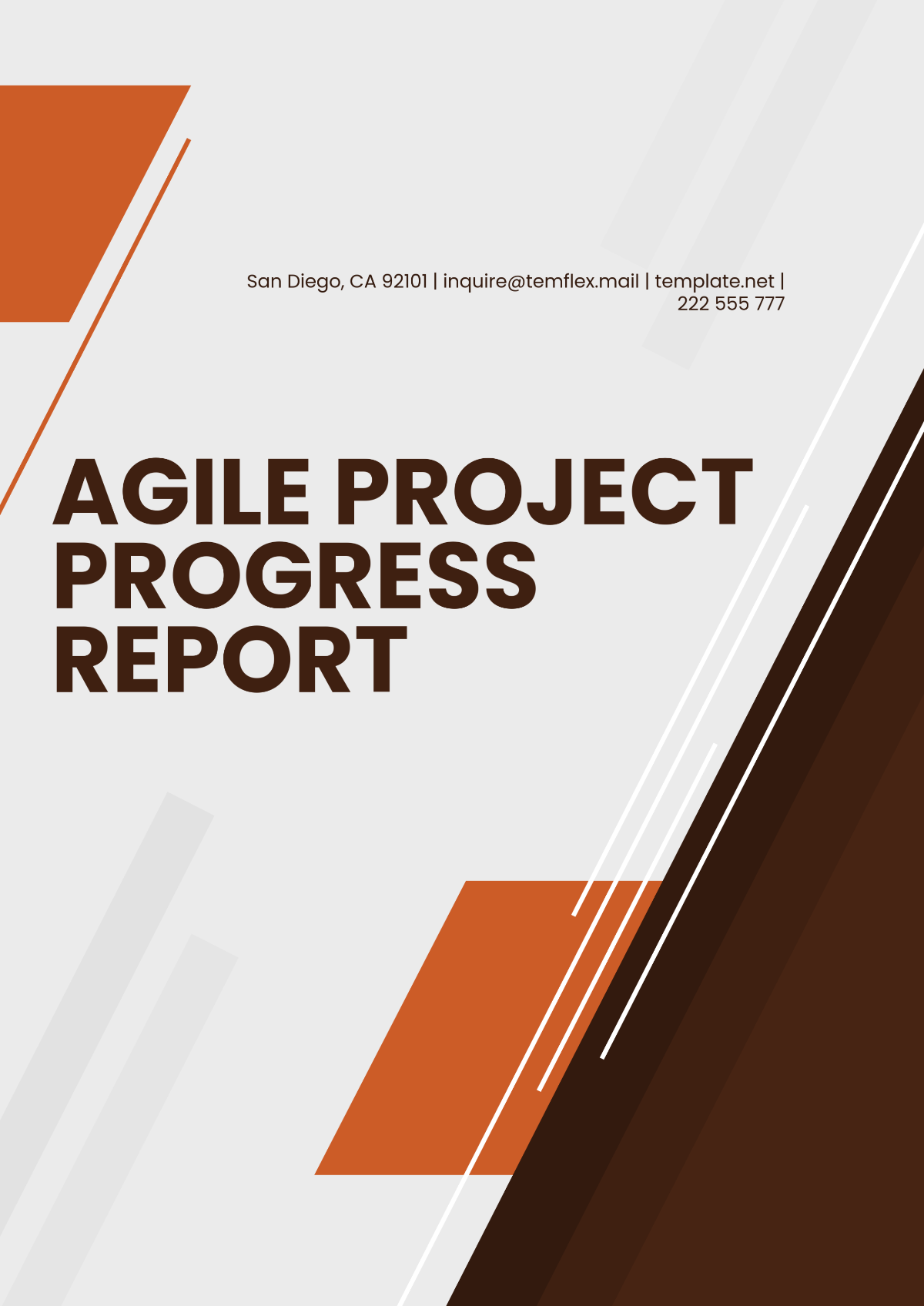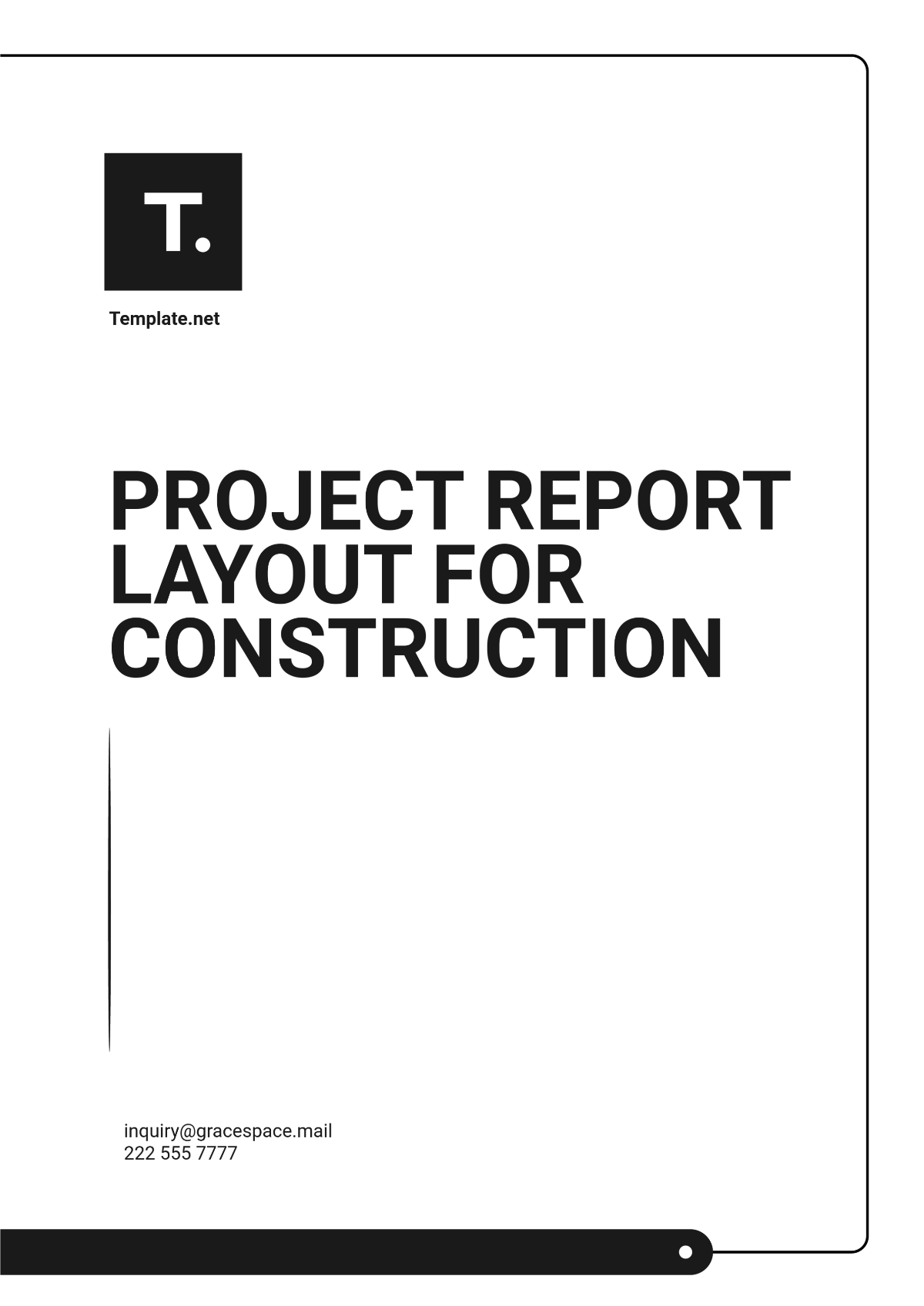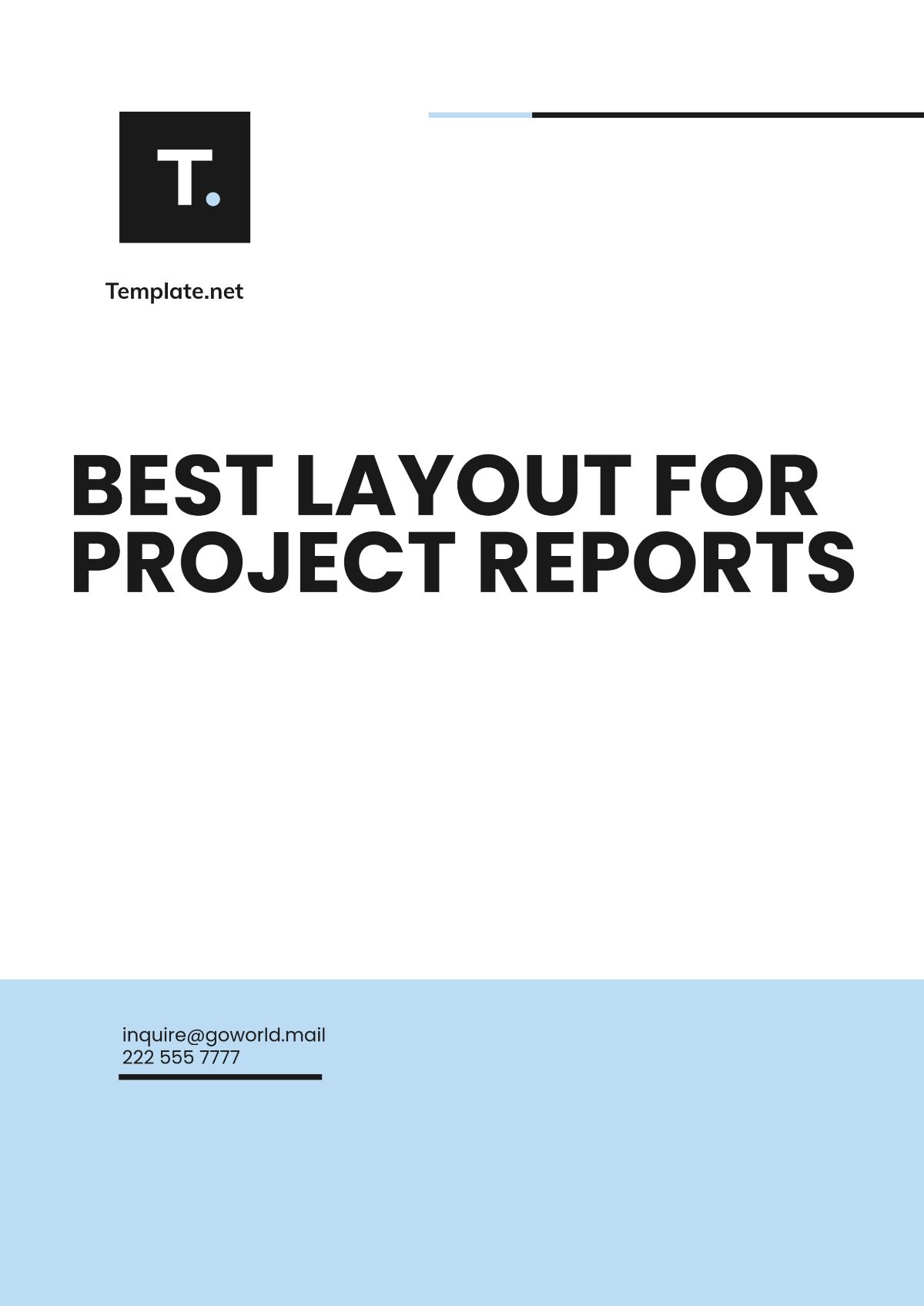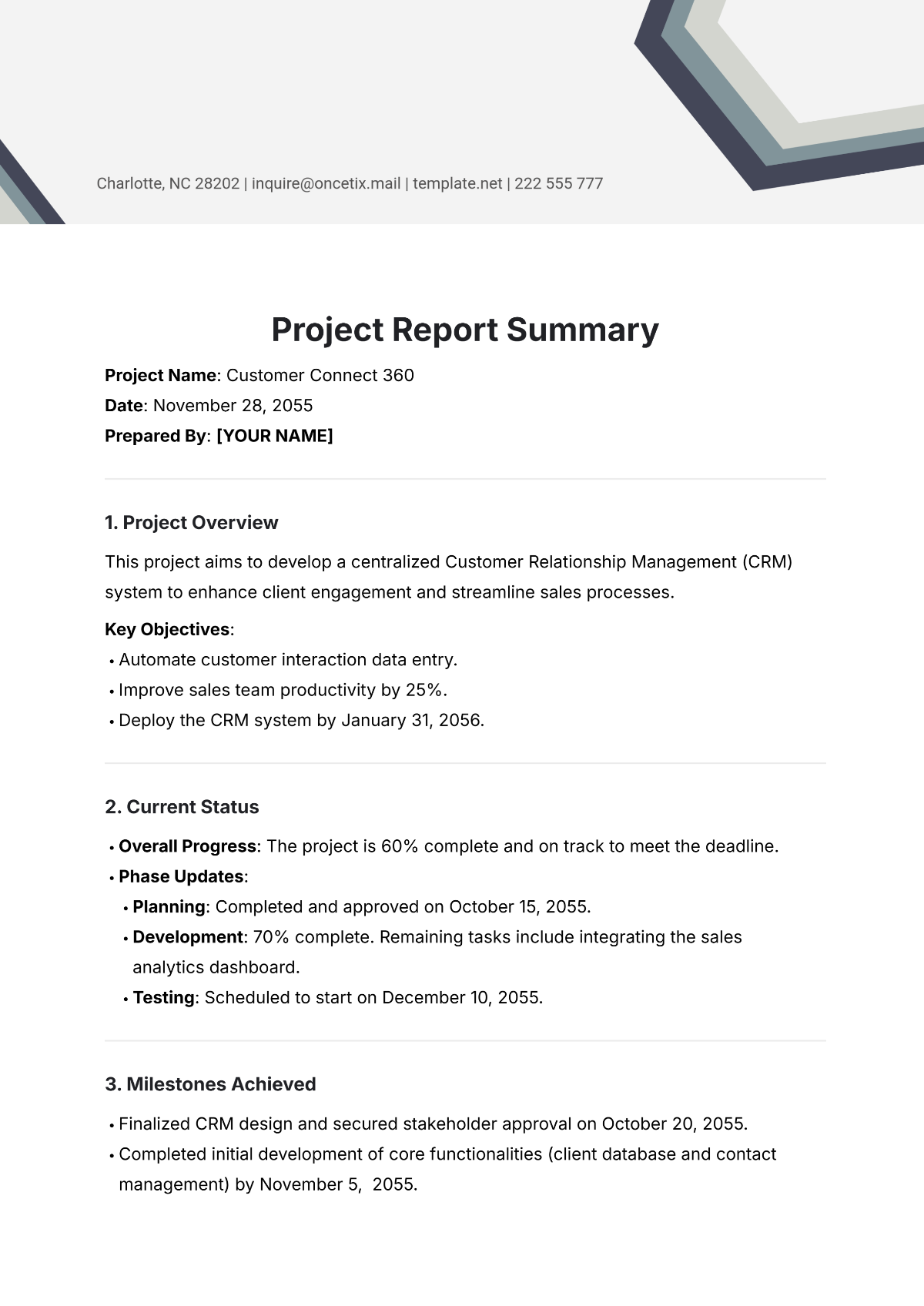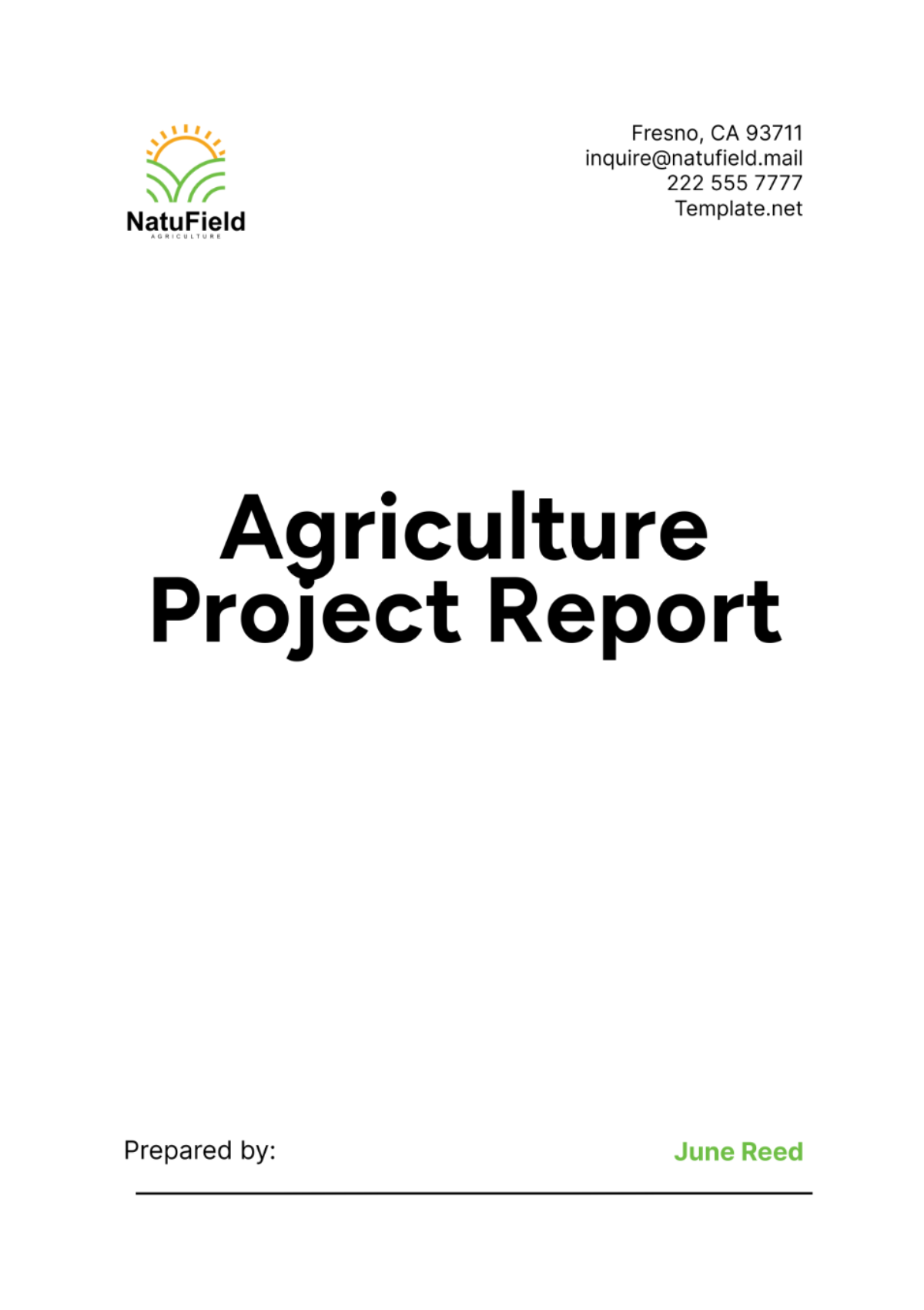College Website Project Report
I. Executive Summary
This College Website Project, undertaken by [YOUR COMPANY NAME], aimed to revamp the online presence of [UNIVERSITY NAME] to enhance user experience, accessibility, and functionality. The project was initiated on January 15, 2050, and successfully completed on December 31, 2050. This report provides an overview of the project objectives, methodologies, key findings, and recommendations.
II. Project Background
A. Introduction
[UNIVERSITY NAME], a renowned institution committed to academic excellence and innovation, recognized the pivotal role of its website in facilitating communication, information dissemination, and community engagement. However, with evolving user expectations and technological advancements, it became imperative to modernize and optimize the website to better serve its stakeholders.
B. Objectives
The primary objectives of the College Website Project were:
Enhance user experience through intuitive navigation, visually appealing design, and seamless functionality.
Improve accessibility to ensure inclusivity and compliance with web accessibility standards such as WCAG 2.1.
Integrate advanced functionalities to support academic, administrative, and community engagement initiatives, fostering a dynamic online ecosystem.
Strengthen the brand identity and digital presence of [UNIVERSITY NAME], reflecting its values, mission, and achievements.
III. Project Scope
A. Inclusions
The scope of the project encompassed:
Complete redesign of the website layout and structure to align with modern design trends and user preferences.
Integration of a robust content management system (CMS) to facilitate efficient content updates and management.
Implementation of responsive design principles to ensure seamless accessibility and usability across various devices and screen sizes.
Enhancement of search functionality and navigation pathways to enable users to find information quickly and intuitively.
Development of interactive features such as event calendars, virtual tours, and online forms to enrich user engagement.
Optimization for search engine visibility and performance, enhancing the discoverability and reach of the website.
B. Exclusions
The following items were excluded from the project scope:
Development of custom web applications or modules beyond the scope of the website redesign.
Infrastructure upgrades or server maintenance tasks, which were handled separately by the IT department.
Content creation or migration, limited to providing guidelines and recommendations for content organization and formatting.
IV. Methodology
A. Project Initiation
The project commenced with a series of stakeholder meetings to gather requirements, define objectives, and establish project parameters. Key stakeholders included representatives from academic departments, administrative units, IT services, and student organizations. A project charter was developed, outlining the project scope, goals, timeline, and resource allocation. The project team was formed, comprising web designers, developers, content strategists, and project managers, each assigned specific roles and responsibilities.
B. Analysis and Planning
A thorough analysis of the existing website was conducted to assess its strengths, weaknesses, and areas for improvement. User feedback, analytics data, and industry best practices were analyzed to inform the redesign strategy. Wireframes, prototypes, and design mockups were created to visualize the proposed changes and gather feedback from stakeholders. A detailed project plan was developed, outlining tasks, milestones, dependencies, and timelines.
C. Implementation
The design and functional enhancements were executed collaboratively by the development team. The selected CMS platform was customized and configured to meet the specific requirements of [UNIVERSITY NAME]. Rigorous testing was conducted throughout the development process to ensure compatibility, performance, and usability across different browsers, devices, and user scenarios. Iterative improvements were made based on feedback from internal testing and user acceptance testing (UAT) sessions.
D. Evaluation and Deployment
User testing sessions were conducted to gather feedback and identify any remaining issues or usability concerns. Feedback was analyzed, and necessary revisions were implemented to address identified issues and optimize user experience. The revamped website was deployed to the production environment following final quality assurance checks and validation processes.
V. Key Findings
A. User Experience
User testing sessions yielded positive feedback regarding the intuitive navigation, visually appealing design, and improved layout of the website. Users appreciated the streamlined pathways to essential information and the enhanced usability across different devices. Post-launch analytics data indicated increased engagement metrics, including longer session durations and reduced bounce rates, reflecting improved user satisfaction and interaction.
B. Accessibility
Significant improvements in accessibility compliance were achieved through adherence to WCAG 2.1 guidelines and the implementation of assistive technologies. Enhanced support for screen readers, keyboard navigation, and color contrast adjustments contributed to a more inclusive and accessible user experience. Accessibility audits conducted post-launch confirmed compliance with accessibility standards and identified areas for further refinement.
C. Functionality
Integration of advanced features such as an event management system, virtual tour tool, and personalized dashboards received favorable responses from users. These features enriched user engagement and facilitated seamless interaction with various aspects of campus life and resources. Streamlined workflows for content creation and management improved efficiency for website administrators, enabling timely updates and maintenance activities.
VI. Recommendations
A. Continuous Improvement
To sustain the momentum and effectiveness of the revamped website, it is recommended to establish a process for ongoing monitoring and evaluation of website performance metrics. Regular solicitation of user feedback and conduct of usability testing sessions will help identify emerging trends, user preferences, and areas for refinement, ensuring continuous improvement and optimization of user experience.
B. Content Strategy
A comprehensive content strategy should be developed to ensure the website remains up-to-date, relevant, and engaging. Content audits and user research can inform the creation of compelling, user-centric content that addresses the diverse needs and interests of stakeholders. Training and resources should be provided to content creators to adhere to best practices for web writing, accessibility, and search engine optimization (SEO).
C. Integration with Other Systems
Exploration of opportunities for integrating the website with other institutional systems, such as student information systems (SIS) and learning management systems (LMS), is recommended to enable seamless data exchange and interoperability. Integration with external platforms and services can enhance the functionality and utility of the website, providing users with a cohesive and integrated digital experience.
VII. Conclusion
This College Website Project by [YOUR COMPANY NAME] has successfully achieved its objectives of enhancing user experience, accessibility, and functionality. The revamped website serves as a valuable tool for [UNIVERSITY NAME] to effectively communicate its mission, programs, and resources to various stakeholders. Moving forward, continuous monitoring, evaluation, and iterative improvements will be key to maintaining the website's effectiveness and relevance in the dynamic digital landscape.
